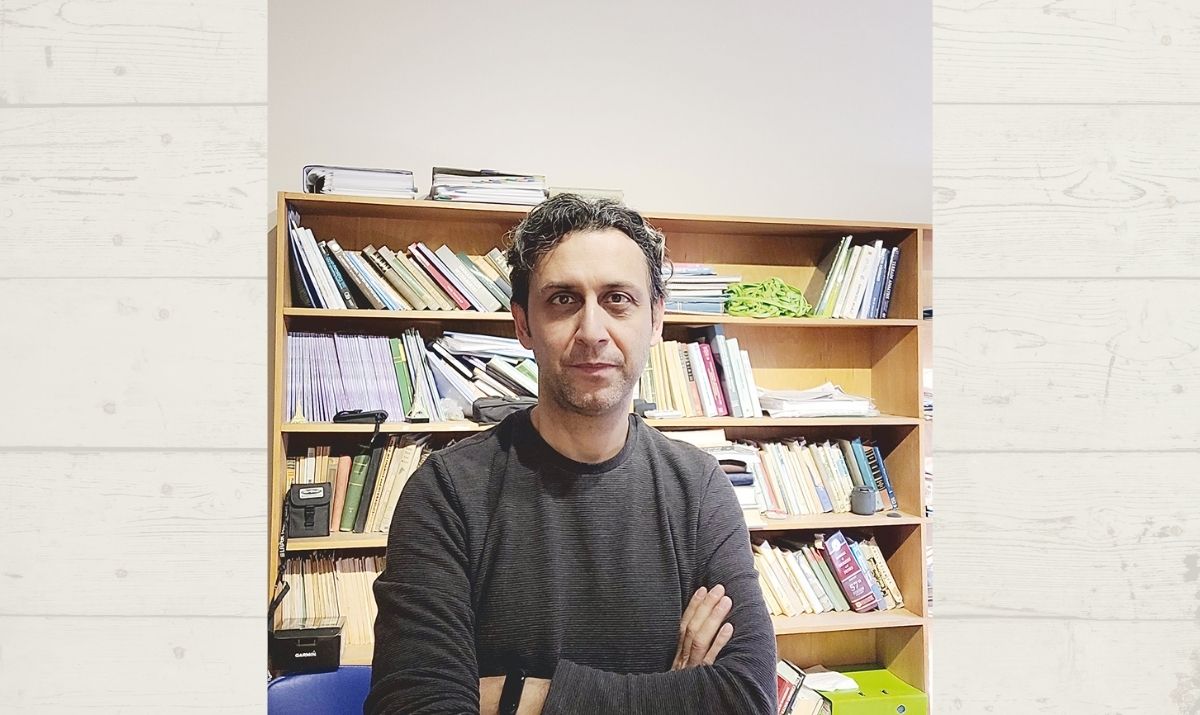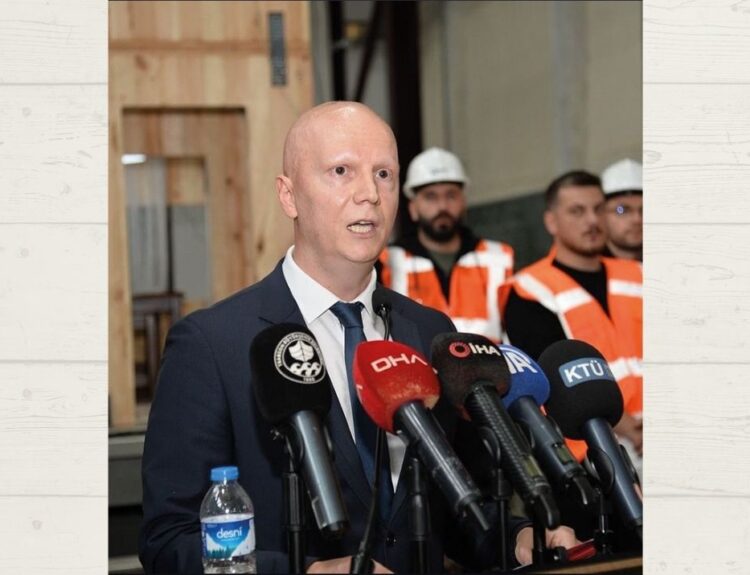Wooden structures are drawing attention with their environmentally friendly features and carbon storage capacity. As a strong alternative to reinforced concrete buildings, these structures play a critical role in helping Türkiye achieve the goals of the Paris Agreement. We discussed the impact of wooden structures on carbon management, sustainable forest policies, and environmental benefits with Prof. Dr. Yusuf Serengil from the Faculty of Forestry of İstanbul University-Cerrahpaşa.
Wooden structures play a significant role in building a sustainable future with their carbon storage capacity, eco-friendly design, and efficient use of natural resources. Offering a strong alternative to reinforced concrete buildings, wood not only contributes to reducing carbon emissions but also enhances environmental benefits with its long-lasting use. Prof. Dr. Yusuf Serengil from the Faculty of Forestry of İstanbul University-Cerrahpaşa emphasized that the correct and long-lasting use of wooden structures will play a vital role in Türkiye’s achievement of its carbon targets. He pointed out that wood products obtained from forests, when used for long-lasting purposes, store carbon in the atmosphere and provide significant environmental benefits.
- The importance of wooden structures in terms of sustainability and the eco-friendly construction sector is increasing. In your opinion, how will the widespread adoption of wooden structures drive transformation both environmentally and economically?
In line with the Paris Agreement and Türkiye’s past climate commitments, we regularly prepare national greenhouse gas inventory reports every year. In these reports, we focus on two important points; first, we calculate the annual carbon sequestration of our ecosystems, especially our forests and other lands such as pastures and wetlands. Secondly, we analyze the carbon pool in which the wood products obtained from the forest are calculated. For example, when we produce something from the forest, this is not directly reflected as an emission into the atmosphere. Instead, these products go into the wood products pool and the carbon in these products is stored. What matters here is how we use wood products. If we can turn wood raw material into long-lasting products such as building materials or furniture instead of paper, we can preserve our carbon stocks for longer. There are international standards on this. According to the values set by the Intergovernmental Panel on Climate Change (IPCC), the half-life of products such as particleboard is considered to be about 20 years, while solid structures are considered to be 30 years. Most of the wood products in Türkiye are probably used in the construction or furniture sectors. Therefore, if we can better analyze these usage patterns and lifetimes, we can provide an advantage for our country in greenhouse gas reporting.
The more carbon we can store, the better our chances of meeting our Paris Agreement commitments. This would be a great advantage for our country in line with our net zero targets. We have already emphasized these goals in the 2030 Climate Action Plan. Our goal is very clear; to use the wood we produce in the most accurate and efficient way. In doing so, we want to transform wood products into long-lasting products and increase circularity. In other words, we aim for a model where every material produced is brought back into the system without any waste loss. In 2024 and 2025, we will focus on the work to be done in this area. By supporting companies, we will ensure that materials are brought back into the system and circularity is increased. All these actions constitute an important basis for Türkiye’s carbon-positive practices to become widespread in the private sector. When we realize these steps, we can achieve a much better position in our carbon reporting as a country.
“In order to reduce interference with natural forests, wood production is to be increased with fast-growing species”
- What role does sustainable forest management play in the supply of wood construction materials in Türkiye?
In recent years, there has been a trend in forest management to focus more on ecosystem services. The aim is to shift from wood production to water production and biodiversity conservation. In the coming decades, it is planned to adopt a management approach that focuses on other ecosystem services instead of forest management for wood. This approach raises several issues. For example, if water production is targeted, wood production also takes place in the same process. This can affect the duration of forest management, in some cases shortening or lengthening it. The important thing here is to integrate wood production and other ecosystem services in a harmonious way. In certain regions, biodiversity may be a priority, while in other regions it may be necessary to focus on wood production. In order to minimize interference with natural forests, the aim is to increase wood production by using fast-growing species. The overall strategy is moving in this direction. Türkiye’s carbon reporting only takes into account the wood raw material it produces itself, not imported raw materials. This leads to imports being considered as zero emission in terms of carbon. In general, forestry organizations all over the world specialize in wood raw material production as experience in this field has a long history. Today, about half, or even a little more than half, of the increase in our forests is produced and transferred to industry. What is important here is not the amount of production, but how the raw material produced is used. Companies are expected to make the most efficient use of the available raw materials. While the forestry organization produces, the main goal is for industrial organizations to use these raw materials effectively
- What is the role of timber structures in reducing the carbon footprint? What steps can be taken to better understand this contribution?
The concept of carbon footprint is not directly included in the Paris Agreement, and the signatory countries are expected to calculate their emissions on a national basis and reach net zero targets. Türkiye also has a carbon neutrality target by 2053. Likewise, some companies are committed to becoming net zero by offsetting the carbon they emit and the carbon they store. While individual efforts to reduce carbon footprint are important, it would be better to address the issue at a national level and focus on overall carbon reduction. The construction sector has great potential in this regard. For example, the difference between the carbon emissions of a reinforced concrete building and the carbon emissions of a wooden building of the same capacity can be expressed as a carbon benefit. The carbon reduction benefit of a wooden building compared to the emissions of a reinforced concrete building should be demonstrated through scientific studies. However, there are still some doubts about the lifespan, durability and fire safety of wooden buildings in Türkiye. Therefore, it is important to provide information based on scientific data and for the media to support this process. If people have access to clear information about the sustainability, cost and durability of wooden structures, confidence in such structures will increase.




